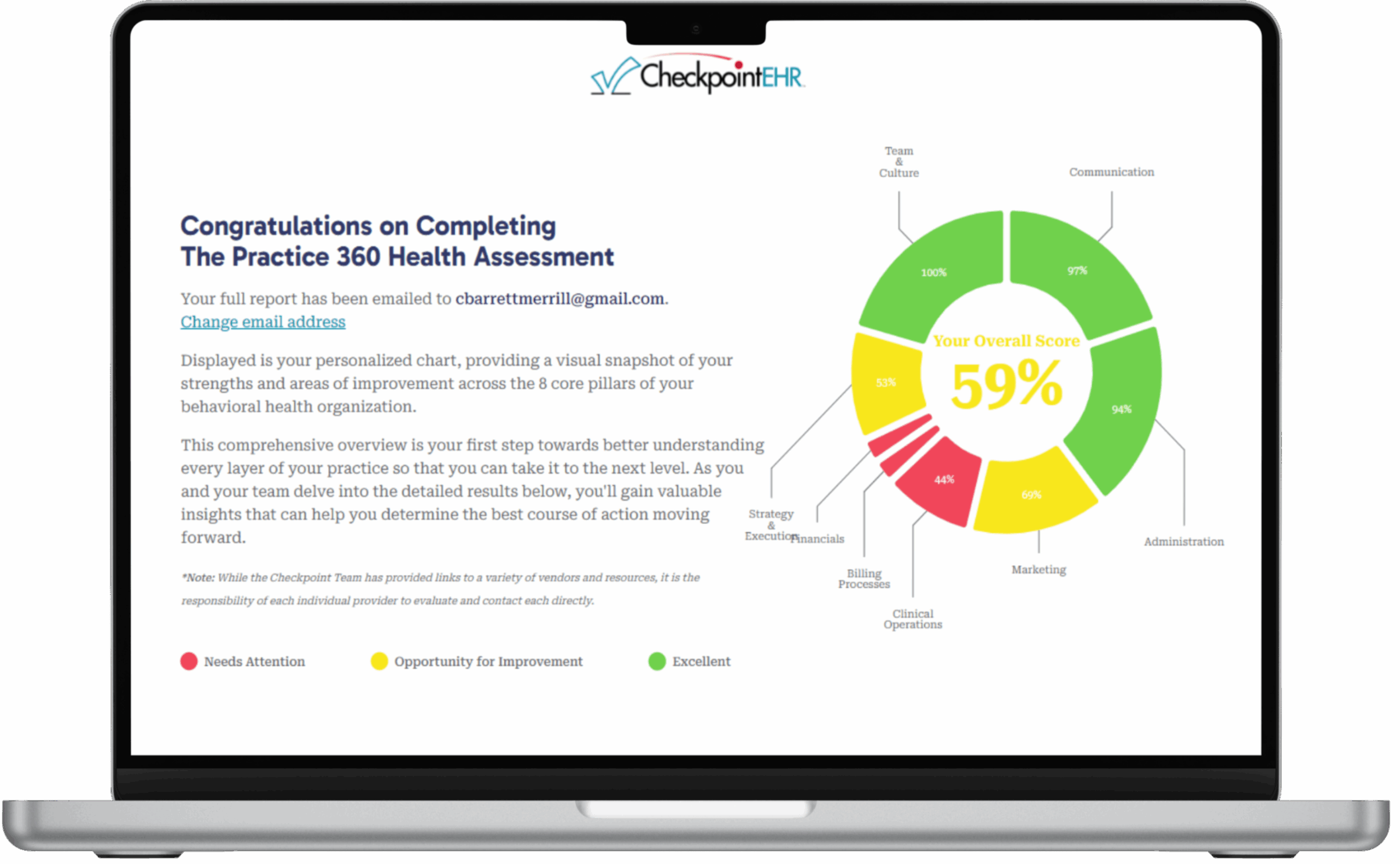What are Payer IDs and EDIs?

In the world of behavioral health, understanding insurance and Medicaid billing is crucial for therapists who want to maintain a smooth revenue cycle. Two terms you’ll often encounter are Payer IDs and EDIs. While they may sound technical, knowing what these terms mean can help providers submit claims more effectively and reduce billing headaches. Here’s what every behavioral health therapist needs to know about Payer IDs and EDIs.
What is a Payer ID?
A Payer ID is a unique, alphanumeric identifier assigned to each insurance company or Medicaid program to help route claims to the correct payer. Think of it as a short code that helps direct claims precisely where they need to go. Typically, Payer IDs are five digits long, though they can vary, and they are required for submitting claims electronically through an EHR or billing system.
For behavioral health therapists working with multiple insurance carriers or Medicaid, entering the right Payer ID is essential. It ensures that the claim is directed to the correct insurance company and that it will be processed efficiently. Mistakes in Payer IDs can lead to delays, rejections, and sometimes even denials of claims, which can be frustrating and time-consuming to resolve.
In behavioral health, Medicaid often uses different Payer IDs than private insurance. Some states may even assign unique Payer IDs for different Medicaid programs, adding another layer of complexity. For providers accepting Medicaid, checking and confirming the correct Payer ID is crucial for smooth claims processing and timely reimbursement.
What is EDI?
EDI, or Electronic Data Interchange, is the technological process that allows different systems to communicate and exchange data electronically. In healthcare, EDI enables providers, insurance companies, Medicaid programs, and other entities to transmit claim information, eligibility inquiries, remittance advice, and other healthcare transactions seamlessly. For example, when a therapist submits a claim through an EHR, the claim data is converted into an EDI format that the payer’s system can understand and process.
EDI transactions in healthcare are standardized to follow specific formats set by organizations like HIPAA. This ensures that data can be shared between systems accurately and securely. For behavioral health providers, using EDI offers multiple benefits: faster claim processing, fewer errors, and greater HIPAA compliance. EDI reduces the need for paper-based claims, allowing providers to work more efficiently and track the status of claims in real time.
Why Payer IDs and EDIs Matter to Behavioral Health Therapists
Understanding both Payer IDs and EDIs is essential for behavioral health therapists who accept insurance and Medicaid. Here’s why:
- Accurate Claims Submission: An incorrect Payer ID can lead to claims being misrouted, delayed, or rejected. Double-checking Payer IDs ensures that each claim goes to the correct payer, reducing potential issues with billing.
- Improved Cash Flow: EDI enables faster electronic submissions, helping therapists receive reimbursements sooner. Quicker payments are especially valuable for small practices that rely on steady cash flow.
- Compliance and Security: EDI transactions meet HIPAA standards for secure data exchange, which is critical for protecting patient information and maintaining compliance with healthcare regulations.
- Efficiency: EDI streamlines the billing process, allowing providers to focus on patient care rather than spending hours on claims management. Behavioral health therapists can check eligibility, submit claims, and receive remittances through EDI, all within their EHR.
Putting It All Together
For therapists working in behavioral health, Payer IDs and EDIs are foundational components of efficient billing and reimbursement. While Payer IDs direct claims to the right payers, EDI is the technology that enables those claims to be submitted, received, and processed. Understanding these terms—and their importance in the claims process—can empower providers to streamline their billing practices, reduce errors, and maintain a healthier revenue cycle.
Up Next… Article #6 in our Medicaid Blog Series: What’s the Difference Between MCOs and PHPs?


